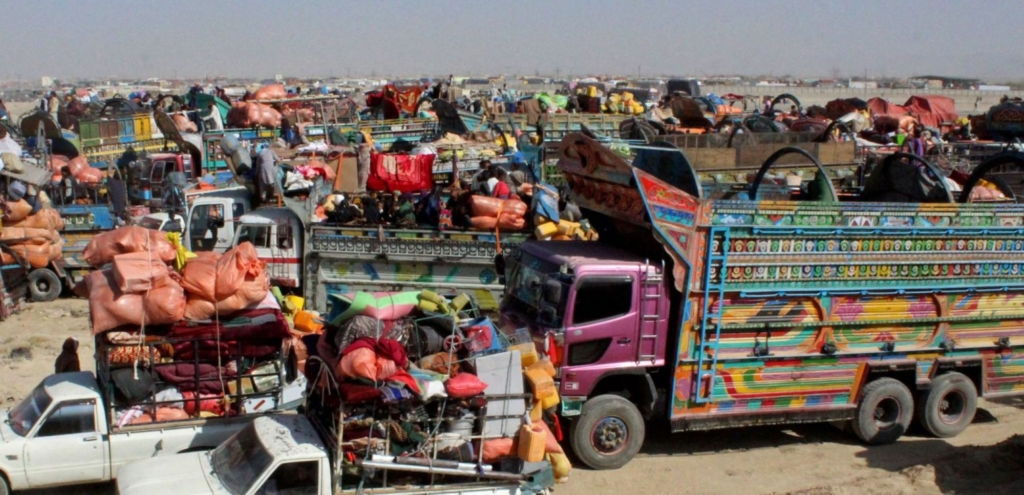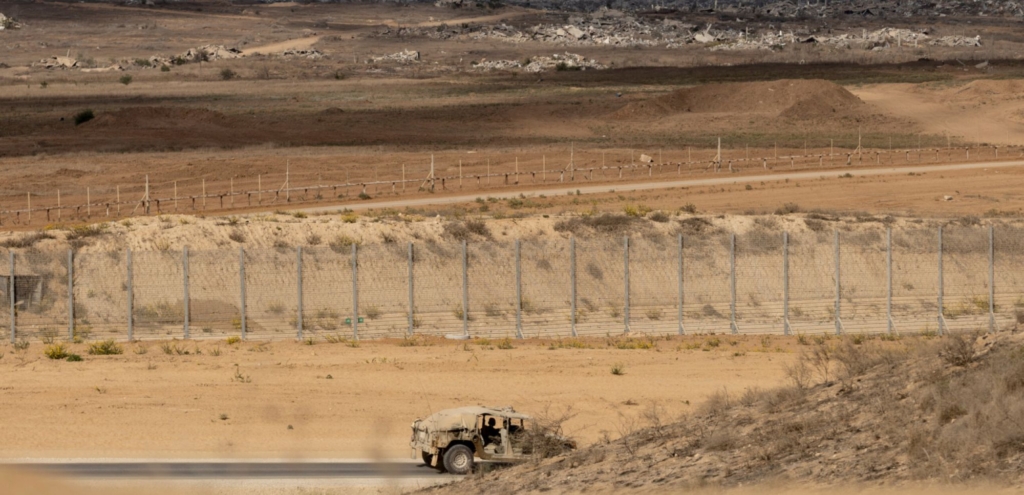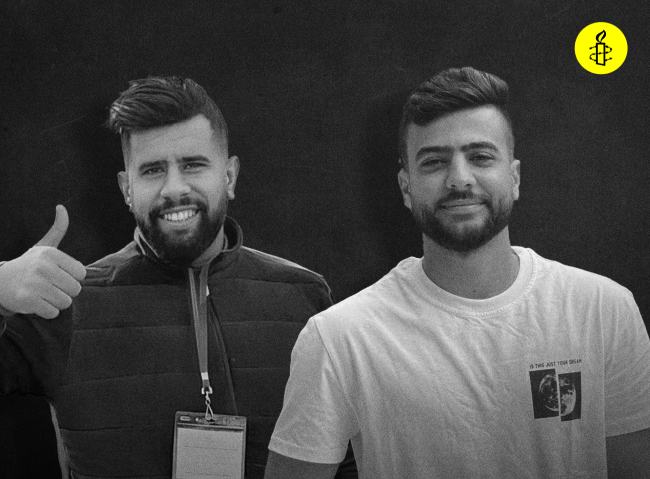By Dr. Renu Adhikari, Nepal
,
Yesterday, the world celebrated International Women’s Day. Today, world leaders descend on the United Nations in New York to take stock of how much they have achieved in the 20 years since a historic meeting in Beijing, where they promised to protect and promote the rights of women and girls everywhere. Dr Renu Adhikari will be among the many activists in New York. She tells us what progress she’s seen over the last two decades.
,
I have worked on women’s rights for the last 24 years in Nepal. I started out working on trafficking and HIV. I had met a girl who had been trafficked and her story made me re-think whether I should continue being a medical doctor or do something in women’s rights. At that time, I had no idea what an NGO was. Still, in 1991 I created the Women’s Rehabilitation Centre (WOREC) out of my passion for women’s rights.
,
When I started going out to the villages, I learned about structural discrimination and that we needed to dig deeper into women’s rights. Once, I met a woman who complained of back ache at a health camp. When I examined her, I found a piece of rubber from a slipper in her vagina. I pulled it out, and part of her uterus came out along with puss, blood and discharge. I was shocked.
,
She told me her story. She was married at 13. By 19 she had already been pregnant four times, including two miscarriages. By 23 she had uterine prolapse and her husband had married another woman. As a single mother she had to work extra hard. At that time, no one was talking about uterine prolapse. This was 23 years ago.
,
I started to write and talk about the issue. It was not easy. I was stigmatized by my fellow doctors who asked why do you only talk about the uterus?, but I had a good friend [and ally], Dr Aruna, and I started campaigning. I taught women how to use a ring pessary and also campaigned on ending gender-based violence at the community, state and national levels.
,
There are some moments in history where everything gets accumulated and comes out. Beijing was like that.
,
, The road to Beijing
,
In 1994 I went to the preparatory meetings in New York City for the Fourth World Conference on Women which would be held later in Beijing. Being a doctor, at first I had no idea about social indicators and rights.
,
I didn’t have a lot of expectations at that time. Although I didn’t always understand the discussions, I quickly figured out that this was a space I could use to talk about issues like uterine prolapse and sexual and reproductive rights that were not being discussed much. There were thousands of women there and I could broaden my network and learn from other women’s rights activists.
,
Several times my mother cried when people asked her, what is your daughter doing? These were times when I thought I had done something wrong. But preparing for the Beijing conference confirmed to me that I was on the right track after all. I was empowered by the process.
,
, Beijing’s legacy
,
There are some moments in history where everything gets accumulated and comes out. Beijing was like that. After a lot of advocacy and struggle by women’s rights groups, the Beijing Platform for Action was adopted. This was achieved by the power of networks and different groups and personalities working together from around the world at Beijing.
,
In Nepal, it was the very early days of activists being able to talk about democracy and women’s rights, and the Beijing conference was the place for these discussions. After the conference, the women’s ministry in Nepal was created. That’s what we were demanding and Beijing made it happen so that’s very significant.
,
But five years later the politics fizzled out. The political spirit of women’s rights movements became diluted and the Millennium Development Goals diluted the Beijing Platform for Action. Then gender mainstreaming replaced a lot of women’s rights issues. For example, in Nepal the gender mainstreaming projects were reduced to tokenistic gestures. The political and structural issues of women’s rights were not addressed and putting one woman here and one woman there does not mean equality.
,
Women’s rights activists brought out the issues at Beijing, but the severity of the issues got dissolved.
,
, Twenty years on
,
When I started my work, I pulled out a rubber slipper from a woman’s vagina in a health camp. But after 20 years of so much energy and work on uterine prolapse and gender discrimination, I was doing a health camp recently and I pulled out a long piece of cloth from a woman that she was using to hold in her uterus – and she was only 10 km from a government hospital. Women’s rights activists brought out the issues at Beijing, but the severity of the issues got dissolved. Projects were designed but structural changes didn’t take place.
,
The UN meeting in March which is reviewing progress since the Beijing conference will be a time to reflect and see what we have achieved and take forward these achievements. But we need to be very careful about what has not worked around the globe. That’s why I want to be there and be part of this discussion on women’s rights 20 years later.
,
Sexual and reproductive rights are human rights. Learn more about what we’re doing to promote these rights through our global campaign, My Body My Rights.























